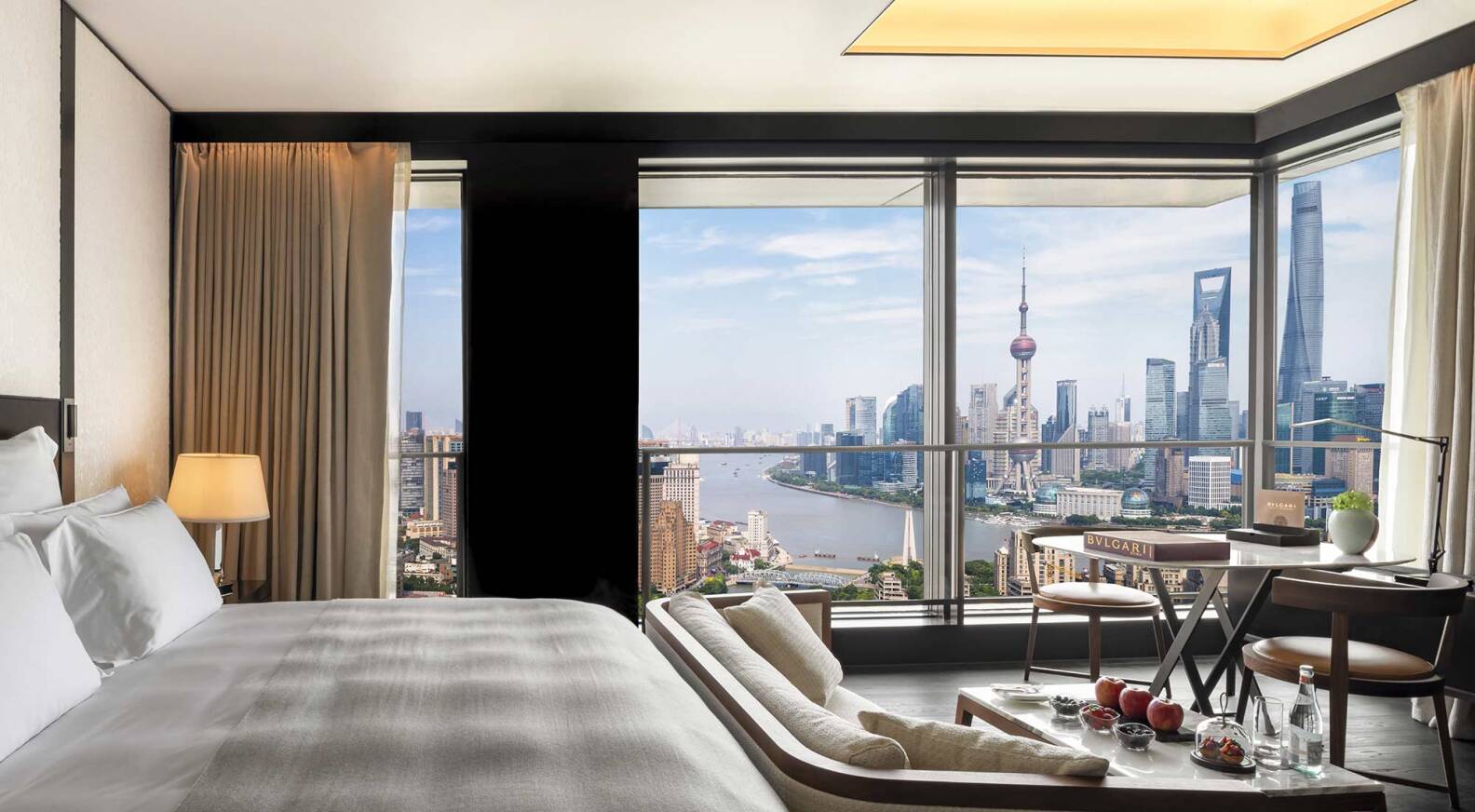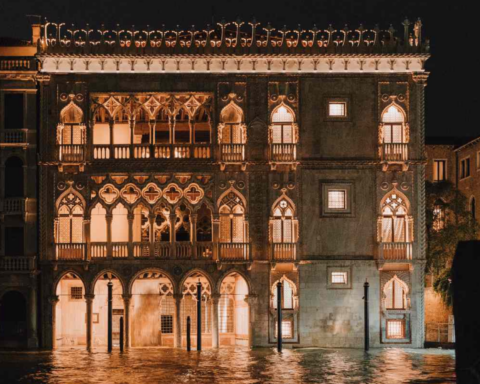[vc_row njt-role-user-roles=”administrator,armember”][vc_column][vc_column_text]
The 43rd edition of KPMG France’s annual study, “L’Industrie Hôtelière Française”, analyzes the 2019 operating and management ratios of nearly 43% of the French approved hotel fleet and also looks at the results of the French hotel industry in light of the Covid-19 crisis.
Paris and the Ile-de-France region, whose tourist activity represents nearly 8% of GDP and 500,000 jobs, announced a loss of 6.4 billion euros in the first half of 2020, with 14.3 million fewer tourists in the capital and its region.
“Hotels targeting MICE or foreign clientele present slower prospects for a return to past performance than economy and mid-range hotels, which are positioned in a domestic, local market,” said Stéphane Botz, Partner, National Hospitality Director at KPMG France.
As for palaces, which are highly dependent on an international clientele, they face the uncertainty of a recovery before 2022. Following a year 2018 marked by a strong increase in sales performance, 2019 was more mixed in the Paris market, already impacted by several unfavorable events such as strikes and demonstrations.
The occupancy rate for these palaces, all regions combined, reached 60.2% in 2019 for an average overnight stay price of €1,061, with significant disparities depending on the location. In 2020, the strong dependence on international clients, who represent 90% of overnight stays in French palaces, has reinforced concerns about the health crisis.
For Parisian palaces, which have been gradually reopening since September, losses over 2020 are estimated at more than 70% of annual revenues. North American customers, who account for 25% of overnight stays, are the main customers of the Parisian palaces, closely followed by customers from the Middle East (23%), compared with 8% for French customers.
The return to a pre-crisis level remains abstract, with 2021 looking very complicated for these establishments, whose payroll represents 45% of total revenues on average over one year.
Read also > KERING : ULYSSE NARDIN AND GIRARD-PERREGAUX WILL CUT 100 JOBS BY THE END OF SEPTEMBER
Featured photo: © Bulgari Hotel[/vc_column_text][/vc_column][/vc_row]










